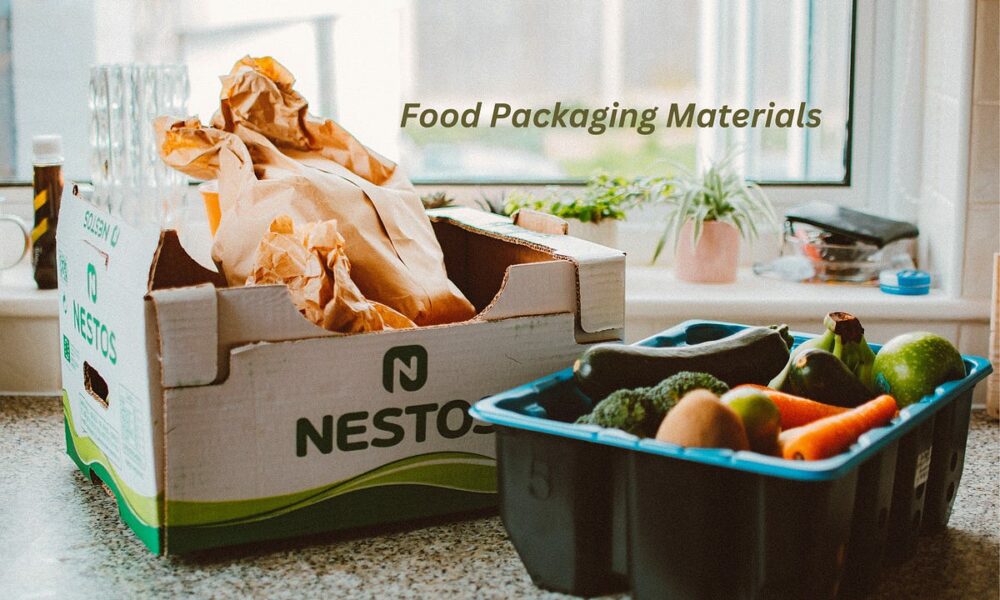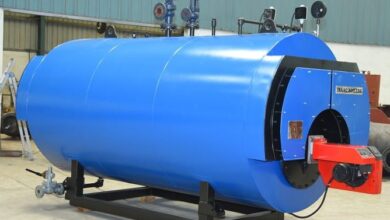Plastic food packaging that ensures longevity and sustainability

Plastic food packaging plays a crucial role in modern food systems, ensuring the safety and longevity of products. Many types of plastic, such as PET and HDPE, are designed to be both food-safe and recyclable, addressing concerns about health and environmental impact. For instance, PET is often used in bottles and containers thanks to its strong barrier properties and compatibility with recycling processes.
The use of plastic packaging has significantly reduced food waste by extending shelf life and providing sturdy, contamination-resistant barriers. However, the prevalence of plastic packaging also raises questions about sustainability and pollution. Many companies are exploring alternatives and improvements to current packaging materials, aiming to reduce their environmental footprint.
While there are efforts to increase the use of recycled content in plastic packaging, a blend with virgin material is typically necessary to maintain desired properties. Initiatives in sustainable packaging are steadily growing, demonstrating the industry’s commitment to balancing efficiency and environmental responsibility.
Implications and Innovations in Plastic Food Packaging
Plastic food packaging has seen significant advancements, focusing on sustainability, consumer needs, and regulatory compliance. The following sections explore the key innovations and challenges in this domain.
Environmental and Regulatory Challenges
Plastic food packaging remains central to debates on environmental sustainability. Single-use plastics contribute to pollution, prompting regulatory measures. The European Union has enforced directives limiting certain plastic products, while nations worldwide adopt taxations and bans on specific items.
Global standards for recyclability and reduced environmental impact are shaping industry practices. Adopting biodegradable and compostable materials is increasingly essential. Compliance with these regulations ensures companies like Plus Pack remain competitive and environmentally responsible.
Advancements in Sustainable Packaging
Significant strides are being made in sustainable packaging materials. Innovations such as biodegradable plastics, recyclable laminates, and reduced material use are gaining traction. Plus Pack is pioneering in developing options aligned with the circular economy by focusing on reuse and recyclability.
These advancements mitigate the environmental impact of plastic waste, including innovative packaging designs that minimise resource usage. Collaboration with researchers and industry partners accelerates development, ensuring materials meet safety and efficiency standards.
Consumer Perception and Market Dynamics
Consumers increasingly demand eco-friendly packaging. Preferences are shifting towards products that use minimal plastic and employ recyclable materials. The market reacts to these demands by introducing packaging options that highlight sustainability.
Transparency about environmental impact and clear labelling boost consumer trust. Brands incorporating sustainable practices into their packaging gain a competitive edge. Moreover, consumer education campaigns help align perceptions with actual ecological benefits.
Recycling and Waste Management Strategies
Effective recycling and waste management are crucial for reducing the environmental impact of plastic food packaging. Technological advancements improve sorting and processing efficiency, enabling better material recovery. Companies like Plus Pack invest in recycling initiatives to close the loop on packaging waste.
Promoting community recycling programmes and educating consumers on proper disposal practices enhance these efforts. Incorporating post-consumer recycled content into new packaging solutions fosters a circular economy and diminishes reliance on virgin materials.
Technological Integration and Smart Packaging
The integration of technology into plastic food packaging represents a frontier of innovation. Smart packaging solutions, including RFID tags and QR codes, allow for real-time tracking and enhanced supply chain transparency. These technologies facilitate monitoring of product freshness and authenticity.
Advancements in active and intelligent packaging extend shelf life and improve food safety. Incorporating such innovations supports efficiency in logistics and meets consumer expectations for quality and traceability. As these technologies evolve, they present opportunities for further reducing waste and optimising resource use.
Read More From Techbullion And Businesnewswire.com




